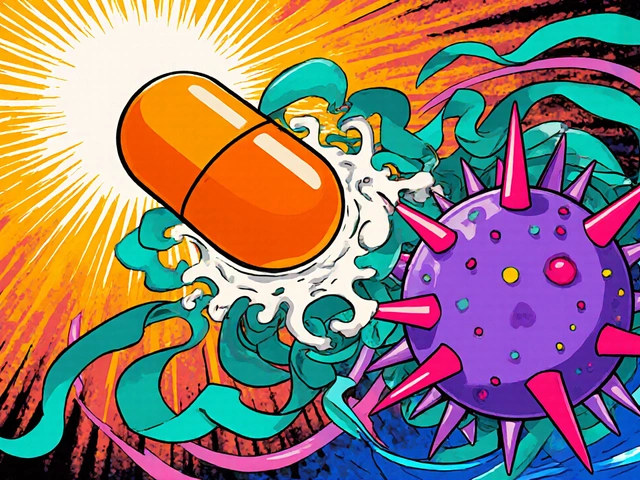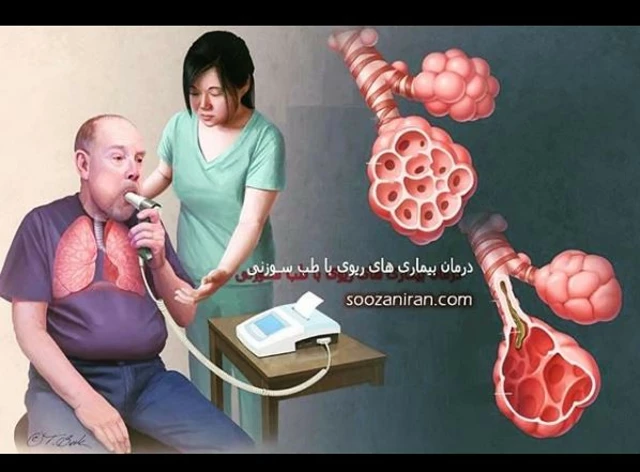PET Scan Cancer – Quick Guide
If you’ve heard doctors mention a PET scan while talking about cancer, you probably wonder what it actually does. In simple terms, a PET (positron emission tomography) scan shows how active your cells are by using a tiny amount of radioactive sugar. Cancer cells burn that sugar faster than normal tissue, so they light up on the images. This makes PET scans a powerful tool for spotting tumors, checking if cancer has spread, and seeing how well treatment is working.
Why PET Scans Are Used for Cancer
A PET scan gives doctors a view that regular X‑rays or CT scans can’t provide. While a CT shows size and shape, a PET adds the “activity” level of each spot. That helps differentiate harmless lumps from aggressive tumors. It also lets oncologists see if hidden metastases are hiding in bones or organs before surgery. Because it catches disease early, many patients avoid unnecessary procedures.
Preparing for Your PET Scan
Preparation is easier than you might think. You’ll be asked not to eat or drink anything for about six hours before the test—this keeps your blood sugar low so the tracer works better. If you’re diabetic, let the staff know; they can adjust medication timing. On the day of the scan, a nurse will place an IV line and inject a small amount of radioactive glucose. You’ll wait 30‑60 minutes while it spreads through your body, then lie on a table that slides into a donut‑shaped scanner.
During the scan you’ll need to stay as still as possible; any movement can blur the pictures. The machine makes soft humming noises, but there’s no pain. Most scans last under an hour, and you can go back to normal activities right after.
When the images are ready, a radiologist looks for bright spots that signal high metabolic activity. They compare these areas with any previous scans to see if the cancer is growing, shrinking, or staying steady. Your doctor will explain what the findings mean for your treatment plan—whether it’s time for surgery, chemotherapy, radiation, or just monitoring.
Safety concerns are minimal because the radioactive tracer decays quickly and the dose is very low. The body eliminates it through urine within a day or two, so drinking plenty of fluids afterward helps flush it out. Pregnant women should avoid PET scans unless absolutely necessary, as radiation could affect the baby.
Bottom line: a PET scan is a handy way to see cancer’s true behavior, not just its shape. Knowing what to expect before, during, and after the test can calm nerves and make the whole process smoother. If you have any questions about scheduling or insurance coverage, call your imaging center—most offices are happy to walk you through every step.
Best Imaging Technologies for Monitoring Tumor Size: MRI vs CT vs PET vs Ultrasound
Curious how doctors actually keep track of tumor size? This detailed guide compares MRI, CT, PET, and ultrasound for monitoring tumors over time. Find out which scans are best for different cancers, get tips for tracking tumor progress, and learn what recent research says about accuracy and safety. If you want real-world advice on imaging for cancer patients or caregivers, you'll find practical info and surprising facts here.






